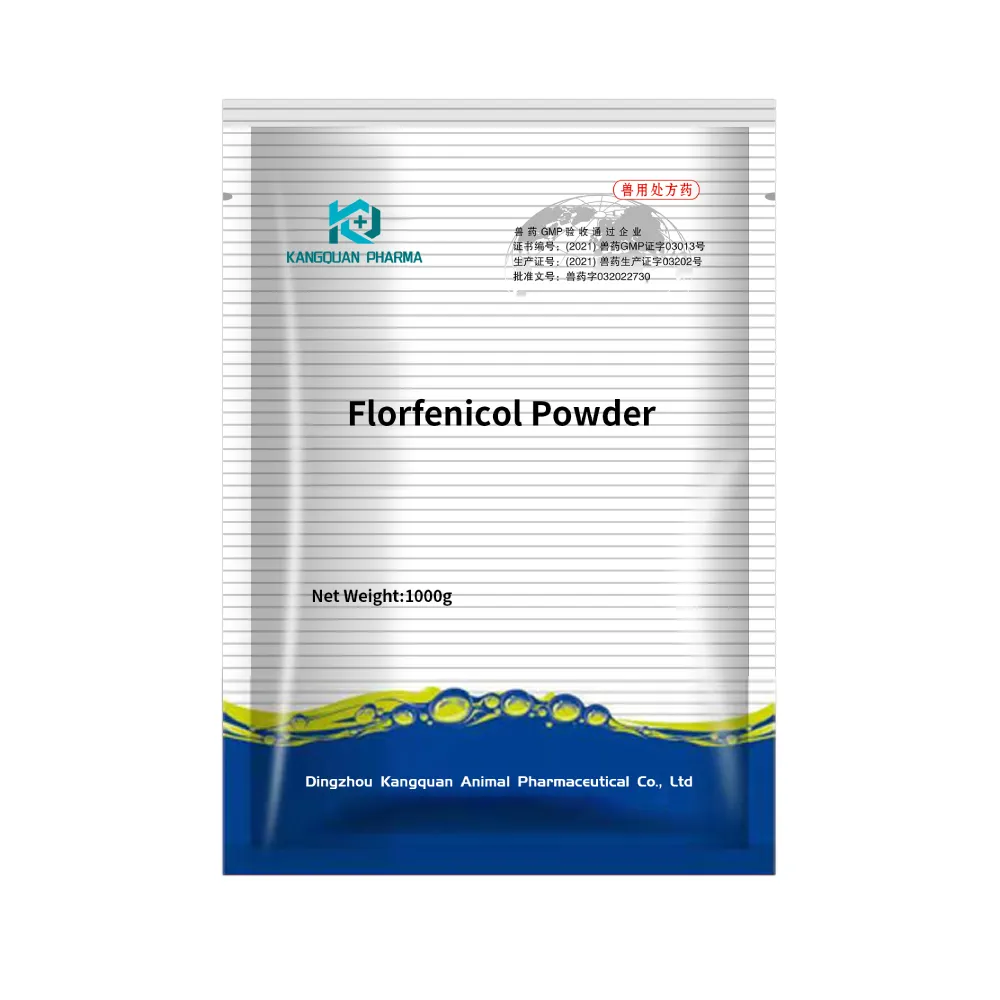- Afrikaans
- Albanian
- Amharic
- Arabic
- Armenian
- Azerbaijani
- Basque
- Belarusian
- Bengali
- Bosnian
- Bulgarian
- Catalan
- Cebuano
- Corsican
- Croatian
- Czech
- Danish
- Dutch
- English
- Esperanto
- Estonian
- Finnish
- French
- Frisian
- Galician
- Georgian
- German
- Greek
- Gujarati
- Haitian Creole
- hausa
- hawaiian
- Hebrew
- Hindi
- Miao
- Hungarian
- Icelandic
- igbo
- Indonesian
- irish
- Italian
- Japanese
- Javanese
- Kannada
- kazakh
- Khmer
- Rwandese
- Korean
- Kurdish
- Kyrgyz
- Lao
- Latin
- Latvian
- Lithuanian
- Luxembourgish
- Macedonian
- Malgashi
- Malay
- Malayalam
- Maltese
- Maori
- Marathi
- Mongolian
- Myanmar
- Nepali
- Norwegian
- Norwegian
- Occitan
- Pashto
- Persian
- Polish
- Portuguese
- Punjabi
- Romanian
- Russian
- Samoan
- Scottish Gaelic
- Serbian
- Sesotho
- Shona
- Sindhi
- Sinhala
- Slovak
- Slovenian
- Somali
- Spanish
- Sundanese
- Swahili
- Swedish
- Tagalog
- Tajik
- Tamil
- Tatar
- Telugu
- Thai
- Turkish
- Turkmen
- Ukrainian
- Urdu
- Uighur
- Uzbek
- Vietnamese
- Welsh
- Bantu
- Yiddish
- Yoruba
- Zulu
10 月 . 30, 2024 15:17 Back to list
buparvaquone injection dose in cattle
Buparvaquone Injection Dose in Cattle An Overview
Buparvaquone is an important drug in veterinary medicine, particularly for its efficacy against certain protozoan infections in cattle, such as Theileriosis, which is caused by parasites transmitted through ticks. Veterinarians and cattle farmers must understand the appropriate dosing of buparvaquone to ensure effective treatment while minimizing potential side effects.
The common presentation of buparvaquone for cattle is in the form of an injectable solution, which provides a convenient route of administration, especially in acute cases where immediate action is required. The dosage of buparvaquone can vary based on the specific condition being treated, the severity of the infection, and the weight of the cattle. Generally, the recommended dosage is approximately 2.5 mg/kg of body weight. This dosage can be administered as a single injection or divided into two doses, depending on the veterinarian's recommendation and the specific circumstances surrounding the illness.
When administering buparvaquone, it is crucial to accurately determine the body weight of the cattle to ensure the correct dosage. Under-dosing may lead to treatment failure, allowing the parasite to survive and potentially causing a resurgence of the disease. Conversely, overdosing can lead to toxicity and adverse effects. Therefore, veterinary practitioners often weigh the cattle before treatment and calculate the required dosage meticulously.
buparvaquone injection dose in cattle

One of the advantages of buparvaquone is its long half-life, which allows for sustained therapeutic levels in the bloodstream, providing extended protection against the protozoan pathogen
. This makes it particularly useful in regions where cattle are frequently exposed to tick-borne diseases.However, as with any medication, there are considerations to be aware of during treatment. Some common side effects observed with buparvaquone administration include transient reactions at the injection site and, in rare cases, systemic reactions. Farmers and veterinarians should monitor treated animals closely for any signs of adverse effects, such as swelling, pain, or fever.
Furthermore, it's essential to adhere to withdrawal periods after treatment. Cattle treated with buparvaquone may need a specific duration before they can be safely sent to slaughter or their milk can be sold for human consumption. These withdrawal times are crucial for maintaining food safety and regulatory compliance.
In conclusion, buparvaquone injection is a valuable tool in managing cattle health, especially for conditions like Theileriosis. Understanding the proper dosing guidelines and monitoring for side effects can significantly enhance treatment outcomes. Collaborative efforts between veterinarians and cattle farmers remain vital in the effective management of bovine health, ensuring the well-being of livestock while safeguarding public health interests.
-
The Power of Radix Isatidis Extract for Your Health and Wellness
NewsOct.29,2024
-
Neomycin Sulfate Soluble Powder: A Versatile Solution for Pet Health
NewsOct.29,2024
-
Lincomycin Hydrochloride Soluble Powder – The Essential Solution
NewsOct.29,2024
-
Garamycin Gentamicin Sulfate for Effective Infection Control
NewsOct.29,2024
-
Doxycycline Hyclate Soluble Powder: Your Antibiotic Needs
NewsOct.29,2024
-
Tilmicosin Premix: The Ultimate Solution for Poultry Health
NewsOct.29,2024













